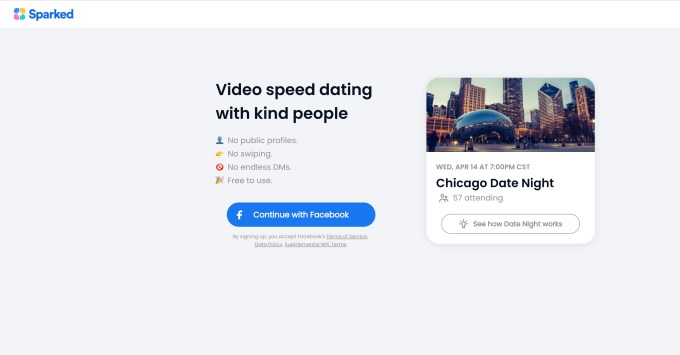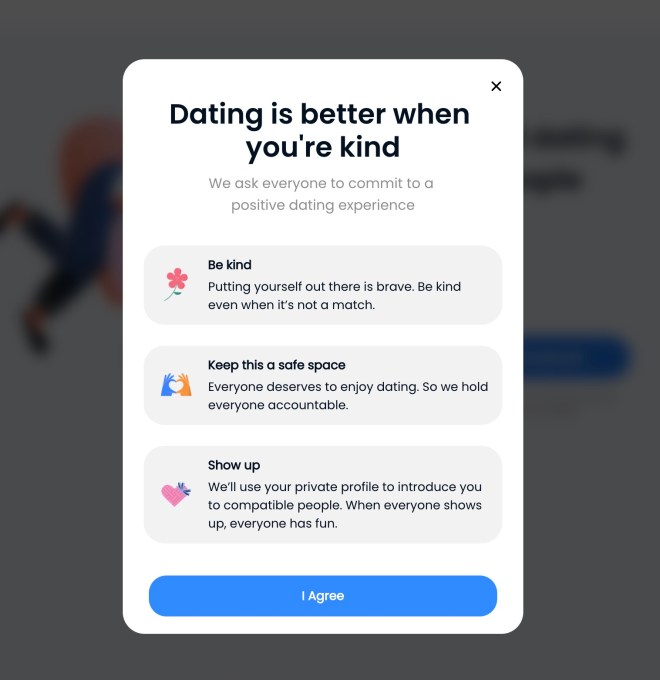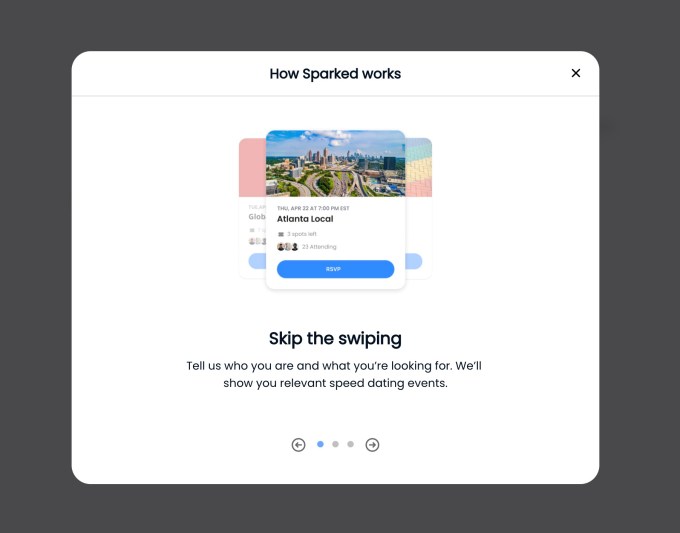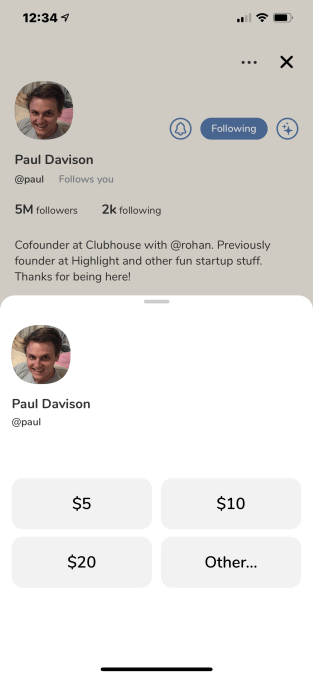News: Coinbase sets direct listing reference price at $250/share, valuing the company at as much as $65B
Coinbase, the American cryptocurrency trading giant, has set a reference price for its direct listing at $250 per share. According to the company’s most recent SEC filing, it has a fully diluted share count of 261.3 million, giving the company a valuation of $65.3 billion. Using a simple share count of 196,760,122 provided in its
Coinbase, the American cryptocurrency trading giant, has set a reference price for its direct listing at $250 per share. According to the company’s most recent SEC filing, it has a fully diluted share count of 261.3 million, giving the company a valuation of $65.3 billion. Using a simple share count of 196,760,122 provided in its most recent S-1/A filing, Coinbase would be worth a slimmer $49.2 billion.
Regardless of which share count is used to calculate the company’s valuation, its new worth is miles above its final private price set in 2018 when the company was worth $8 billion.
Immediate chatter following the company’s direct listing reference price was that the price could be low. While Coinbase will not suffer usual venture capital censure if its shares quickly appreciate as it is not selling stock in its flotation, it would still be slightly humorous if its set reference price was merely a reference to an overly conservative estimate of its worth.
Its private backers are in for a bonanza either way. Around four years ago in 2017 Coinbase was worth just $1.6 billion, according to Crunchbase data. For investors in that round, let alone its earlier fundraises, the valuation implied by a $250 per-share price represents a multiple of around 40x from the price that they paid.
The Coinbase direct listing was turbocharged recently when the company provided a first-look at its Q1 2021 performance. As TechCrunch reported at the time, the company’s recent growth was impressive, with revenue scaling from $585.1 million in Q4 2020, to $1.8 billion in the first three months of this year. The new numbers set an already-hot company’s public debut on fire.
Place your bets now concerning where Coinbase might open, and how high its value may rise. It’s going to be quite the show.








